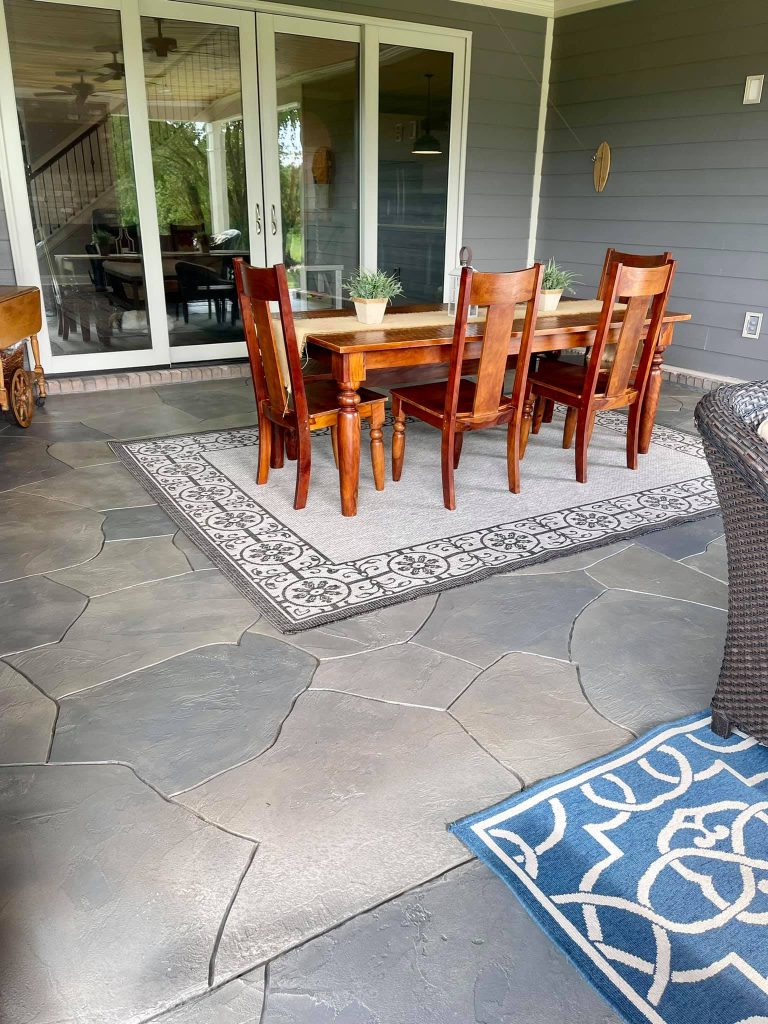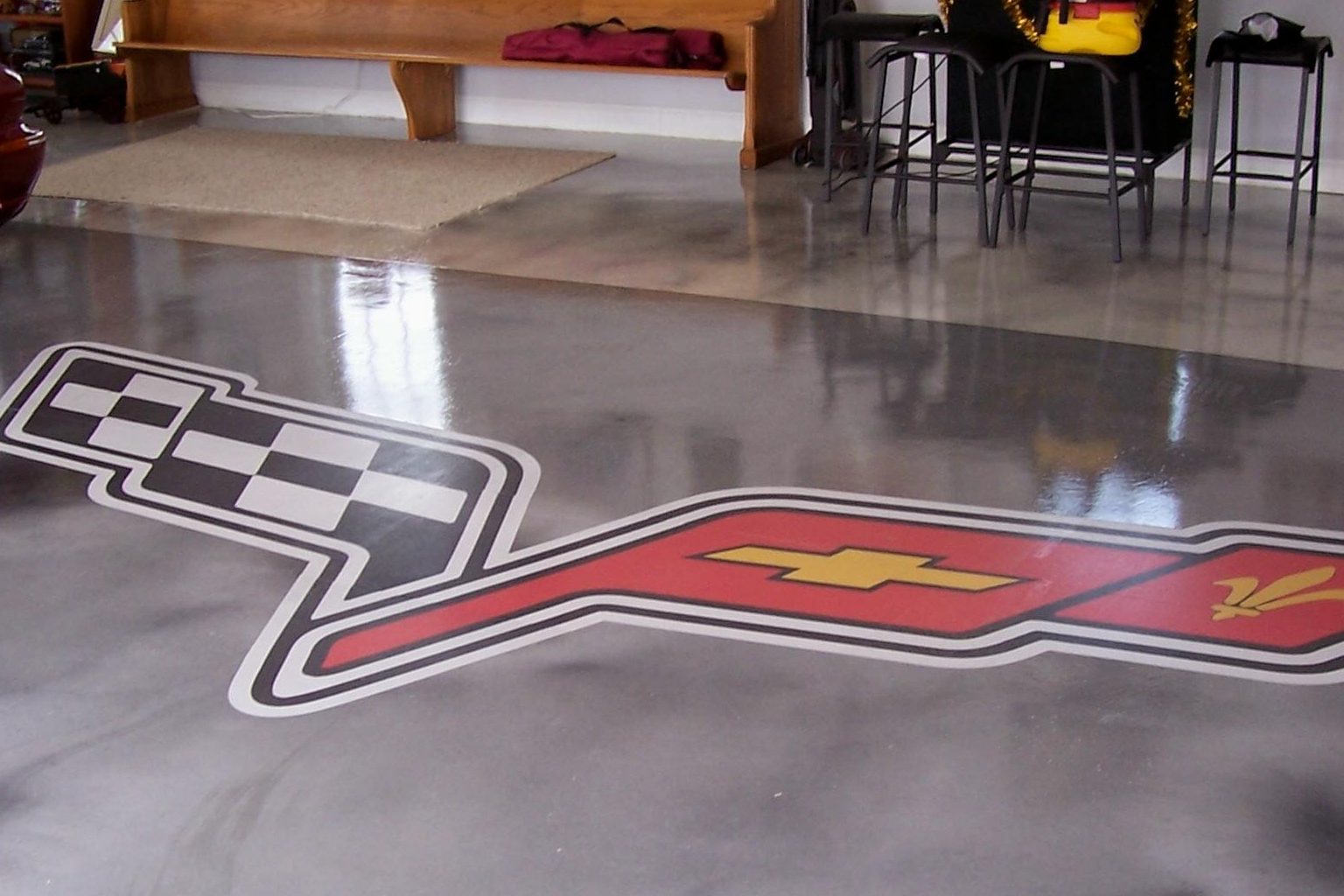Finding good employees for your decorative concrete installation company can be crucial for the success and reputation of your business. Here’s a comprehensive plan to help you attract and hire top talent:
- Define Job Roles and Requirements: Clearly outline the positions you need to fill, such as concrete finishers, laborers, project managers, etc. Define the skills, experience, and qualifications necessary for each role.
- Craft Compelling Job Descriptions: Write detailed job descriptions that highlight the responsibilities, qualifications, and benefits of working for your company. Use language that emphasizes the exciting aspects of the job and your company culture.
- Utilize Online Job Platforms: Post your job openings on popular job search websites like Indeed, LinkedIn, Glassdoor, and specialized construction industry platforms. Ensure your listings are optimized with relevant keywords and location tags to attract relevant candidates.
- Tap into Social Media: Leverage your company’s social media channels to promote job openings. Share engaging posts showcasing your projects, team culture, and employee testimonials. Encourage your employees to share these posts within their networks.
- Network Within the Industry: Attend industry events, trade shows, and conferences related to construction and decorative concrete. Network with professionals in the field and spread the word about your job openings. Additionally, join online forums and groups where industry professionals congregate.
- Offer Employee Referral Incentives: Encourage your current employees to refer qualified candidates by offering referral bonuses or other incentives. Employees are likely to recommend individuals who they believe will be a good fit for the company culture.
- Partner with Trade Schools and Apprenticeship Programs: Collaborate with local trade schools, vocational training centers, and apprenticeship programs to identify and recruit candidates who are interested in careers in construction. Offer internships or apprenticeship opportunities to students or graduates.
- Implement a Robust Screening Process: Develop a thorough screening process to evaluate candidates’ skills, experience, and cultural fit. This may include phone interviews, skills assessments, and in-person interviews with multiple team members.
- Conduct Background Checks and Verify References: Prior to making a hiring decision, conduct background checks and verify the employment history and references of promising candidates. This helps ensure the integrity and reliability of potential hires.
- Offer Competitive Compensation and Benefits: Research industry standards for compensation and benefits to ensure you’re offering competitive packages. Highlight any additional perks or opportunities for career growth within your company.
- Provide Training and Development Opportunities: Demonstrate your commitment to employee growth and development by offering ongoing training programs and opportunities for advancement within the company. Invest in developing the skills of your team members to foster loyalty and retention.
- Maintain a Positive Employer Brand: Uphold a positive reputation as an employer by prioritizing employee satisfaction, safety, and well-being. Encourage open communication, recognize and reward employees for their contributions, and foster a supportive work environment.
By following this plan, you can attract, hire, and retain talented individuals who will contribute to the success and growth of your decorative concrete installation company.





